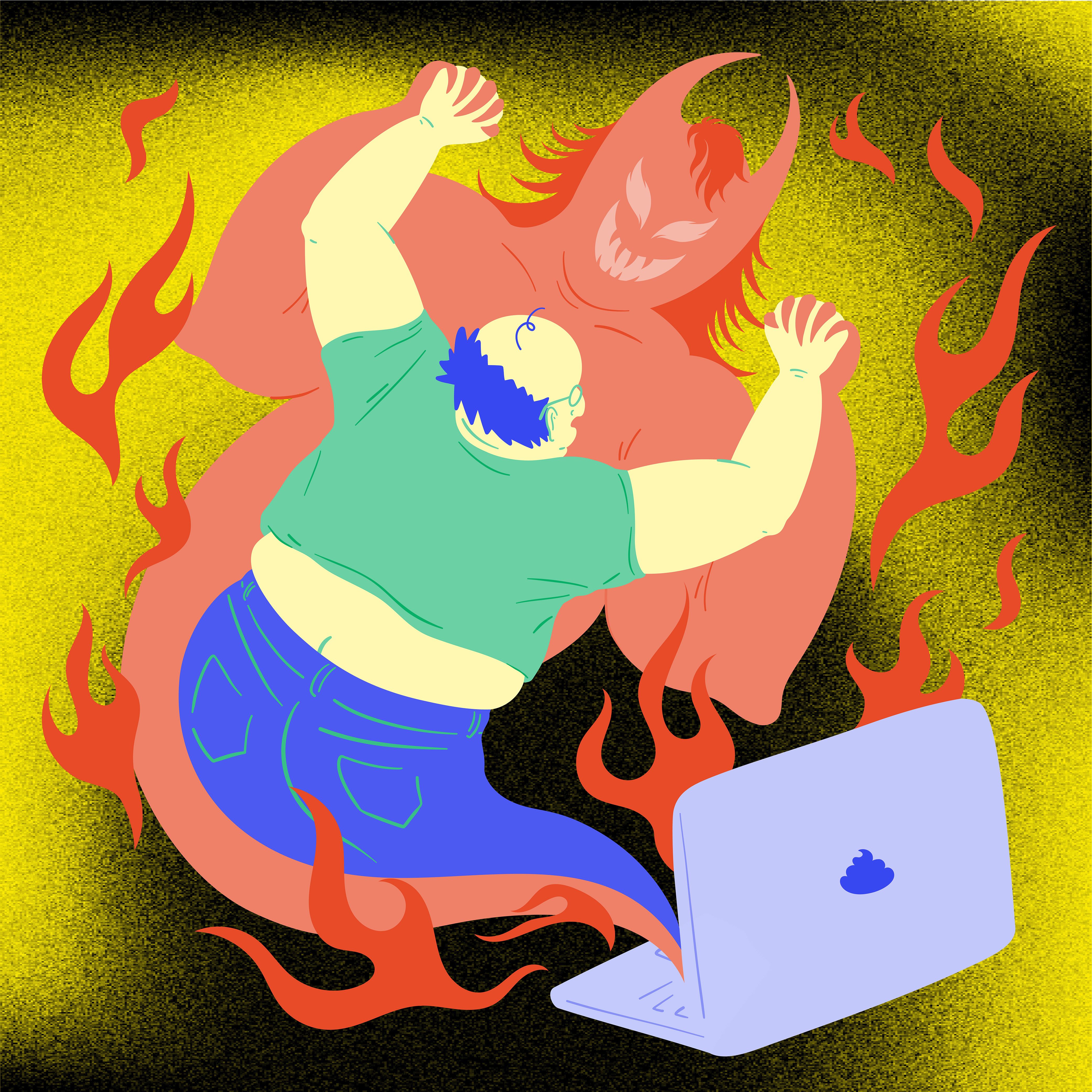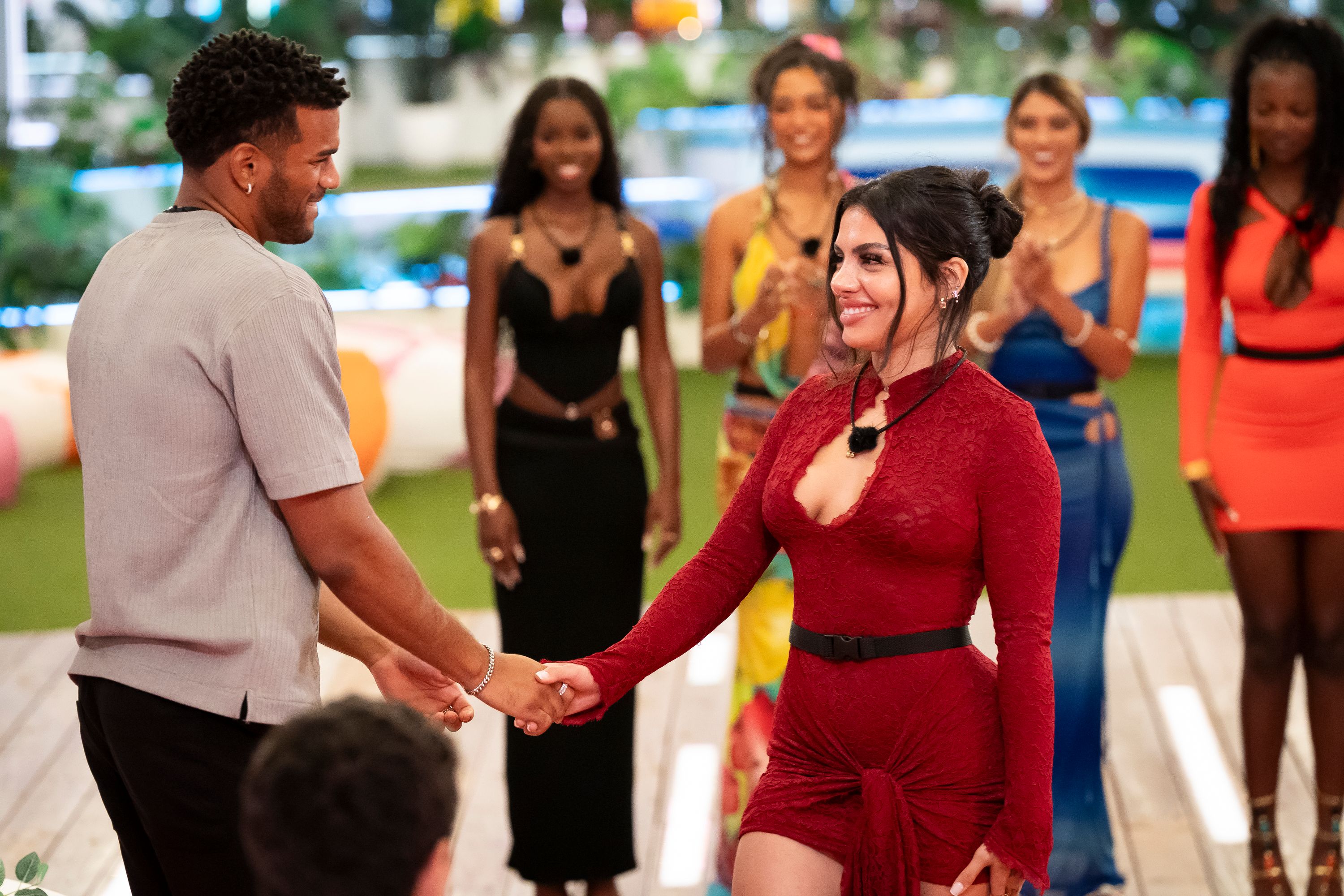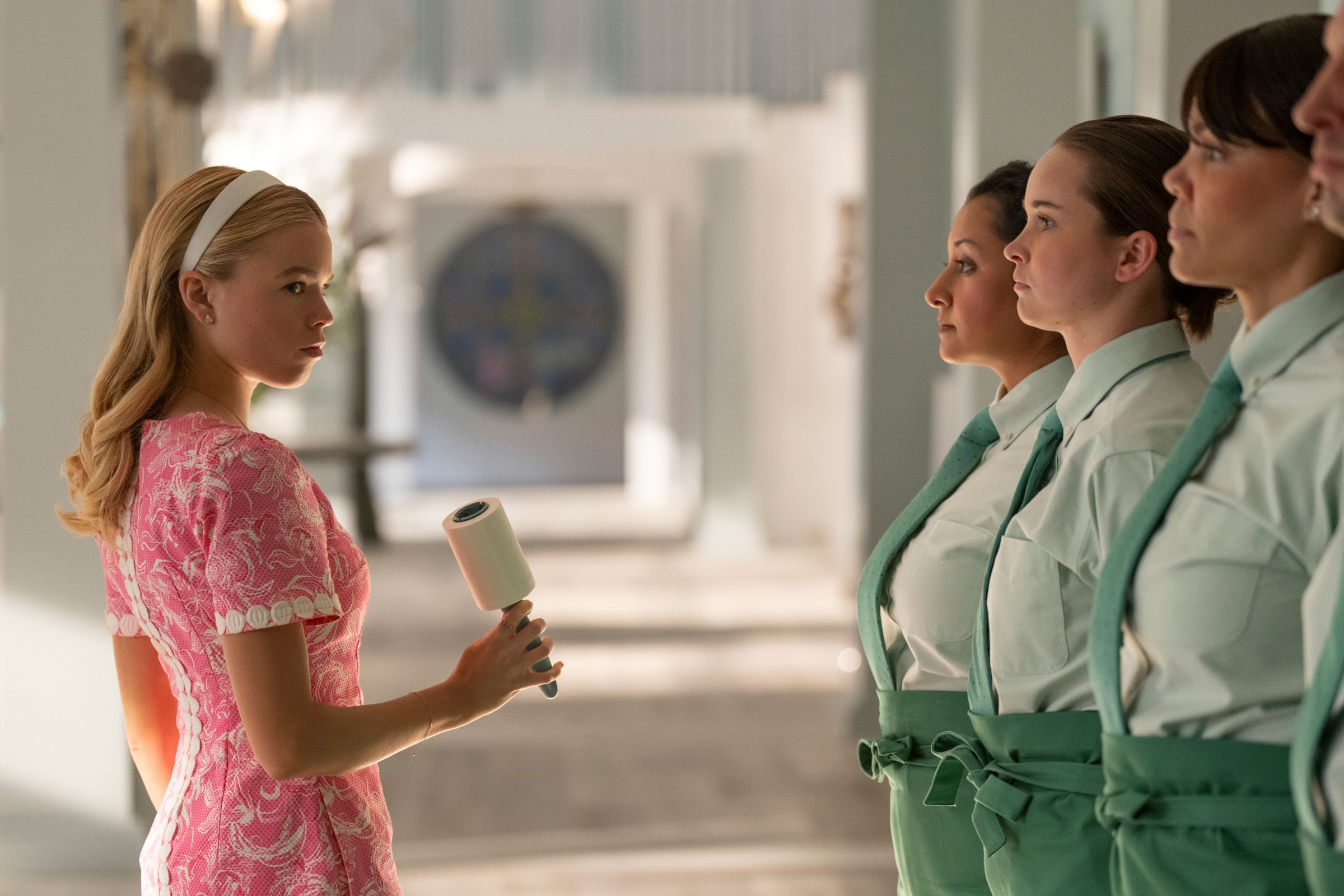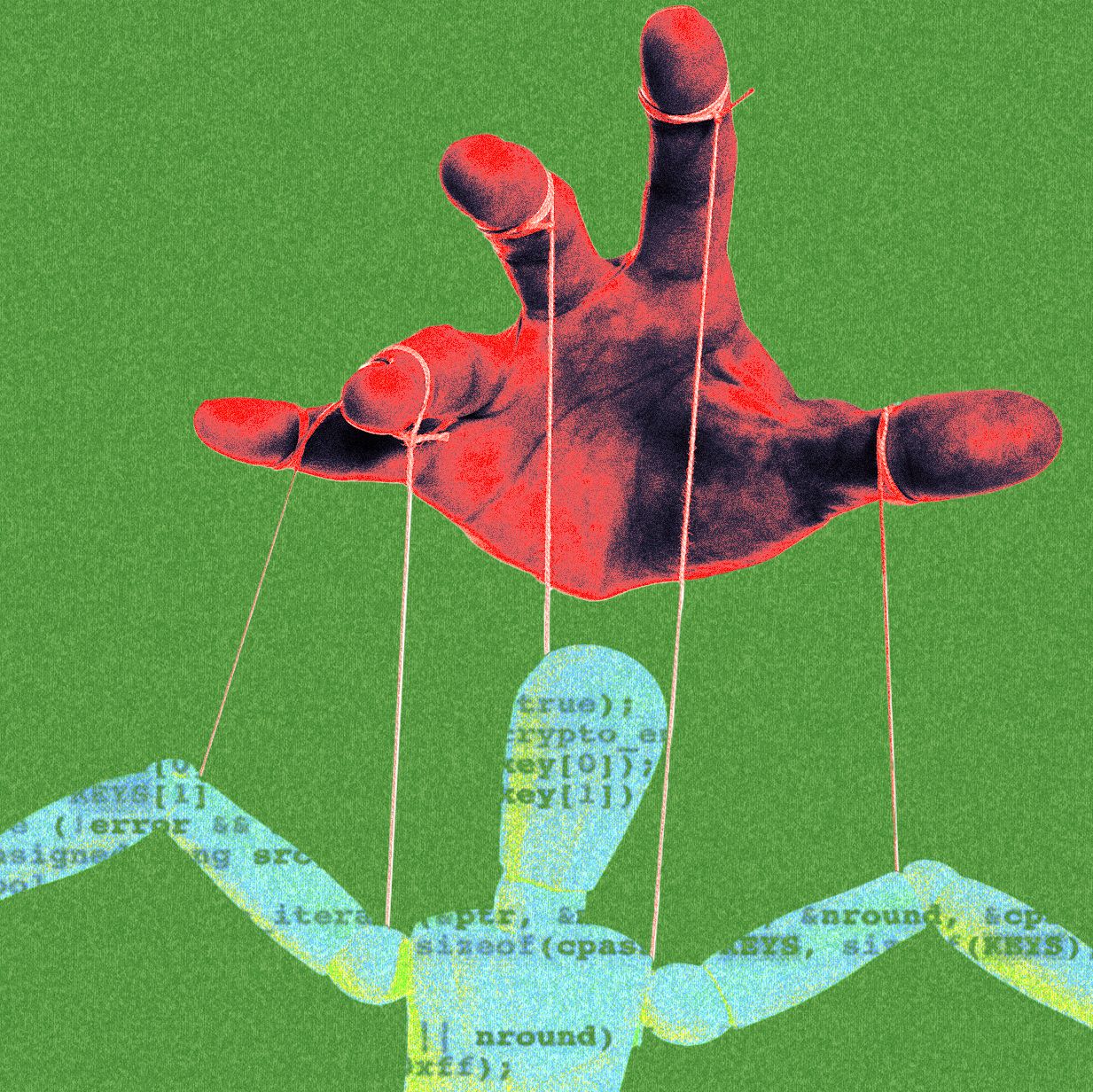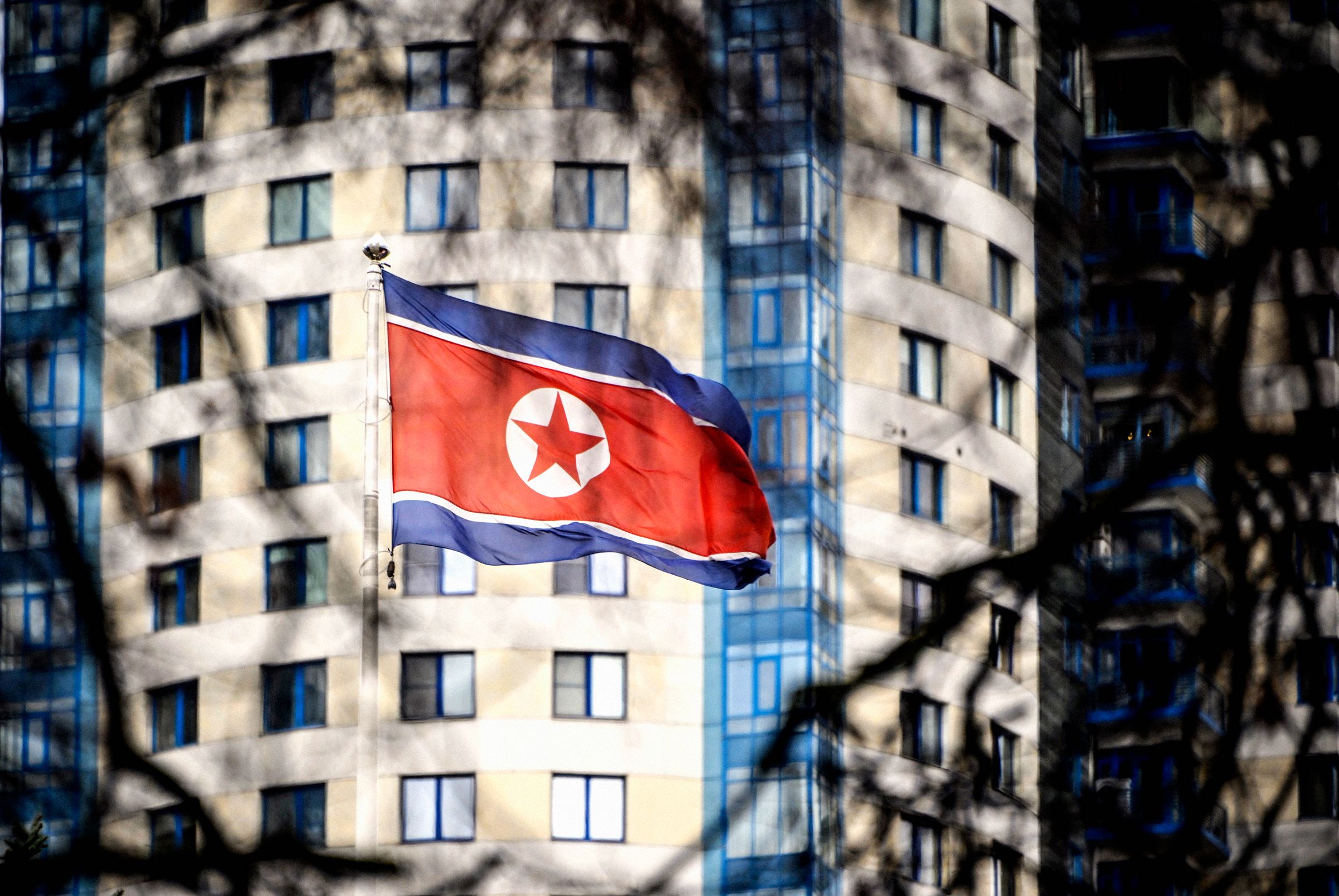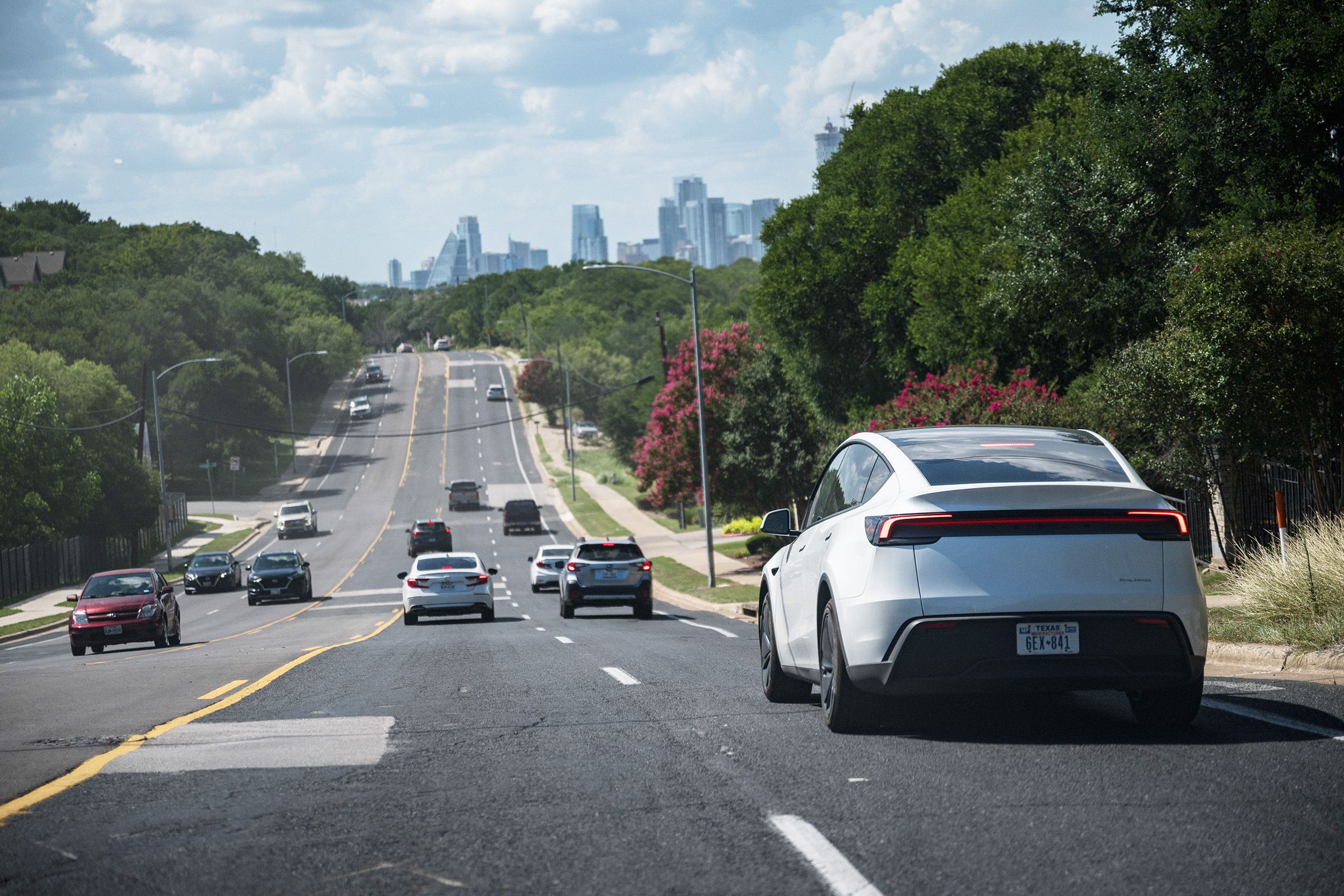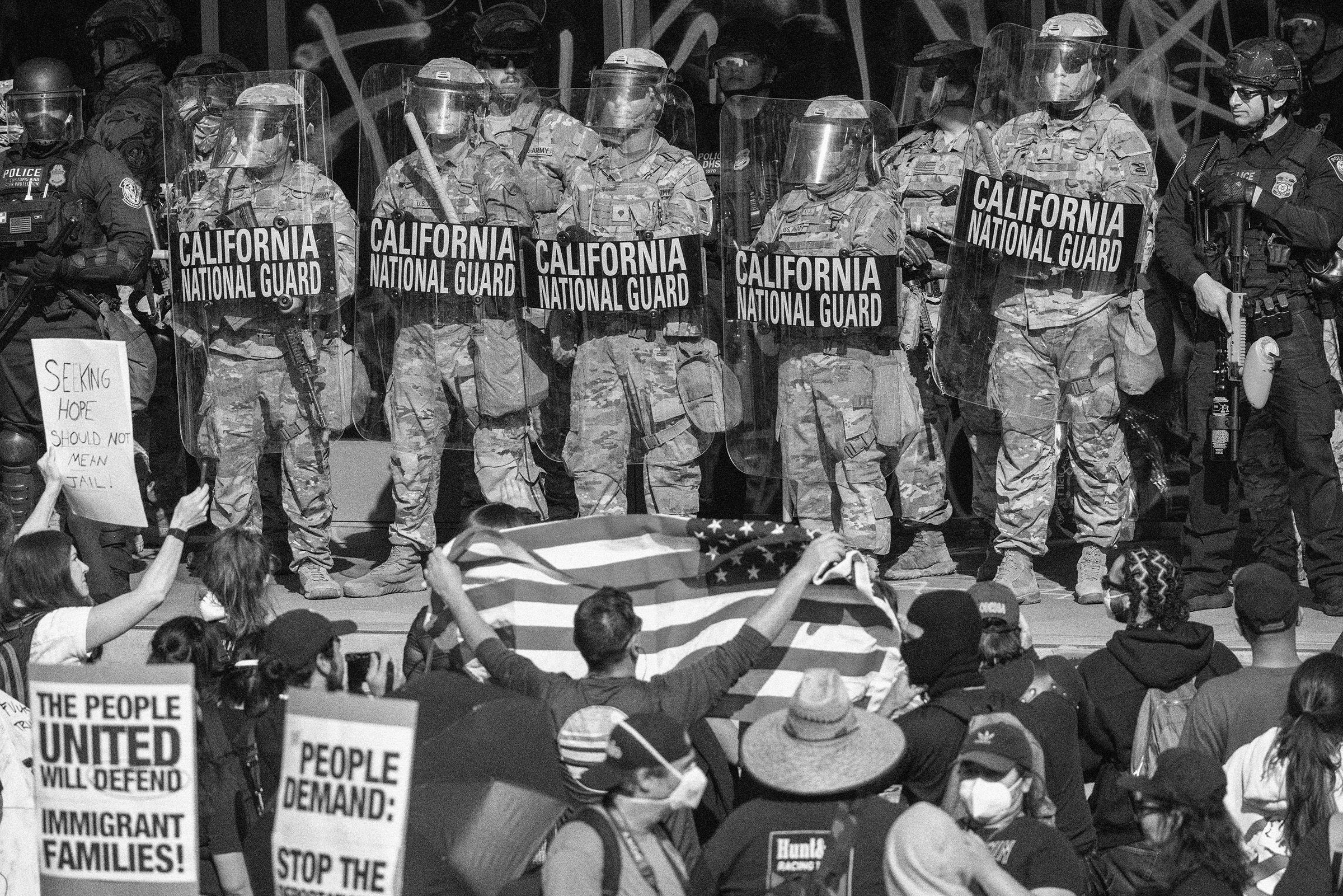’28 Years Later’ Director Danny Boyle Says Shooting on iPhones Let Him Capture ‘Startling’ Violence
28 Years Later: Director Danny Boyle Says Shooting on iPhones Let Him Capture 'Startling' Violence
Filmmaker Danny Boyle recently opened up about his experience shooting his latest...
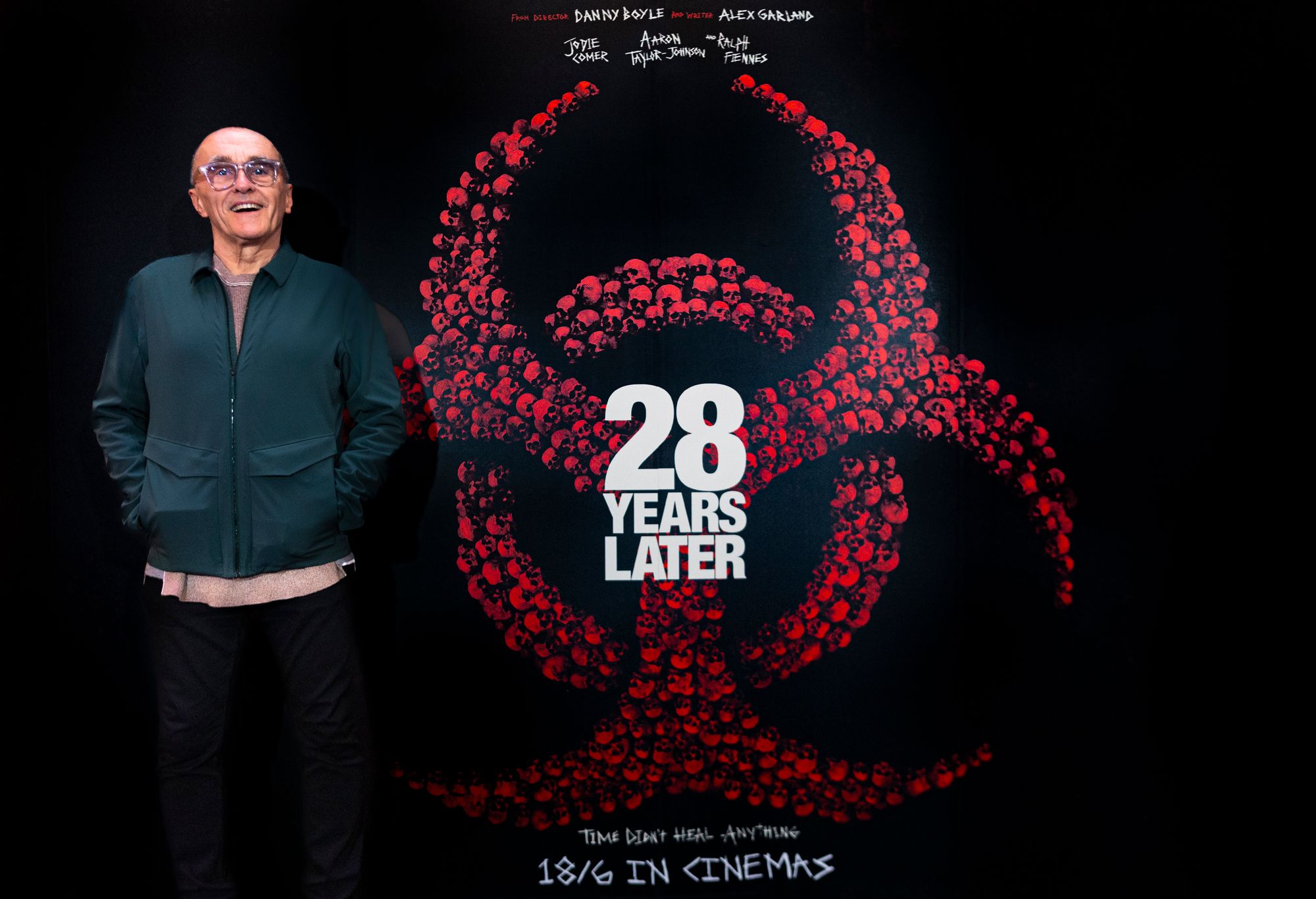
28 Years Later: Director Danny Boyle Says Shooting on iPhones Let Him Capture ‘Startling’ Violence
Filmmaker Danny Boyle recently opened up about his experience shooting his latest movie “28 Years Later” entirely on iPhones. In an interview, he revealed that using iPhones as cameras allowed him to capture the violence in the film in a way that was both raw and powerful.
Boyle explained that the compact size of the iPhone allowed him to shoot in tight spaces and get up close to the action, creating a sense of immediacy and intensity that wouldn’t have been possible with traditional cameras. He also praised the image quality of the iPhone, saying that it was able to capture the stark reality of the violent scenes in the movie.
The director went on to say that shooting on iPhones forced him to think outside the box and be more creative in his approach to filming. He found that the limitations of the iPhone actually helped him to push the boundaries of what was possible and capture moments that were truly shocking and unforgettable.
Boyle’s decision to shoot on iPhones has sparked a conversation in the film industry about the future of filmmaking and the potential of mobile technology to revolutionize the way movies are made. Some critics have praised Boyle for his bold choice, while others have raised concerns about the impact of using smartphones on the quality of the final product.
Despite the controversy, “28 Years Later” has been generating buzz for its powerful visuals and intense storytelling. Boyle hopes that his innovative approach to shooting the film will inspire other filmmakers to think creatively and push the boundaries of what is possible in cinema.
Overall, Boyle believes that shooting on iPhones allowed him to capture the violence in “28 Years Later” in a way that was truly startling and impactful. He hopes that audiences will appreciate the unique aesthetic and emotional depth that he was able to achieve through this unconventional method of filmmaking.
